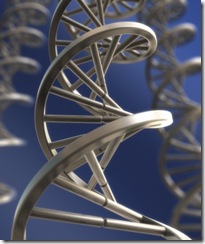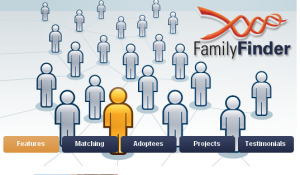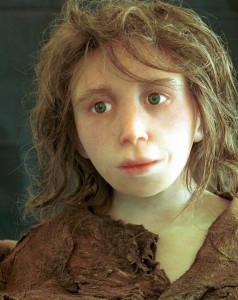On Sunday, the Syracuse Post-Standard featured a story about personalized genomics and medicine entitled “Future medicine: Patients with genetic codes will seek personalized care from doctors” by Amber Smith. The article discusses several of the recent advances in the field of genomics, including the many DTC (“direct-to-consumer”) tests available to consumers, and what that will mean for medical care now and in the future. Smith writes:
“Interest in personal DNA analysis is growing, as the number of genomic retailers multiply. Navigenics is the first to obtain a license in New York state, last December, and other companies are going through the approval process now. A course at Syracuse’s Upstate Medical University prepares doctors for the new medical world, where patients arrive for appointments not just with symptoms and complaints, but with a list of personal genetic variants — and concerns about what it means.”


 Mary Carmichael
Mary Carmichael
